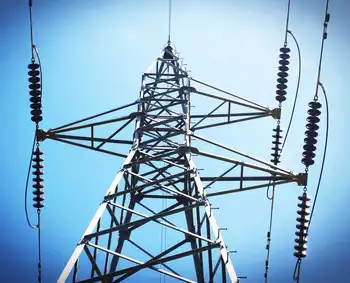New plastic solar cell unveiled
COPENHAGEN, DENMARK - Danish scientists said that they have built a new type of plastic solar cell that lasts significantly longer than previous versions and could pave the wave for cheaper solar power.
Plastic cells cost only a fraction of the more common silicon cells used in solar-powered products, such as calculators. But plastic cells typically are fragile and last only for a few days.
“Our new cell has a life span of 2½ years, which must be a world record for plastic cells,� said Frederik Krebs, senior scientist with the state-owned Risoe national laboratory.
Some experts not affiliated with the project said the plastic cells would need to become more efficient before they could be used for consumer products.
The Danish scientists said they were using more stable form of plastic as the active substance in the cell, which converts energy from the sun's rays into electricity.
The market price for a silicon cell is up to $800 (U.S.) per square metre, while a plastic cell of the same size costs less than $15, they said.
Plastic cells, however, have relatively low efficiency – they exploit only 0.2 per cent to 5 per cent of the sun's energy, compared with 12 per cent to 15 per cent for silicon cells.
“We have focused on durability and succeeded; now we will make it more efficient,� Mr. Krebs said.
Silicon cells are widely used in items such as calculators and watches, and some houses get all their energy supply from silicon solar cells. There are also solar-powered cars, but they are extremely expensive and therefore not mass-produced.
“There's a huge demand for solar cells, and the silicon-cell producers can't meet the strong demand. With the new increased durability, plastic solar cells should soon be competitive and appear on the market,� Mr. Krebs said. “People could for example have a strip of plastic solar cells on their mobile phones instead of a battery.�
Tom Markvart, head scientist at the solar research group at the University of Southampton called the new research “a major development� but emphasized there were still many hurdles before plastic solar cells would become available on the market.
“Plastic cells still need to become more stable and have better efficiency,� he said. “And maybe the answer to the solar cell of the future is a combination of silicon and plastic, where you exploit the best of the two worlds.�
The research will be presented at a solar cell convention in San Diego next month.
Related News

Why Fort Frances wants to build an integrated microgrid to deliver its electricity
TORONTO - When the power goes out in Fort Frances, Ont., the community may be left in the dark for hours.
The hydro system's unreliability — caused by its location on the provincial power grid — has prompted the town to seek a creative solution: its own self-contained electricity grid with its own source of power, known as a microgrid.
Located more than 340 kilometres west of Thunder Bay, Ont., on the border of Minnesota, Fort Frances gets its power from a single supply point on Ontario's grid.
"Sometimes, it's inevitable that we have to have like a six- to eight-hour power outage…




